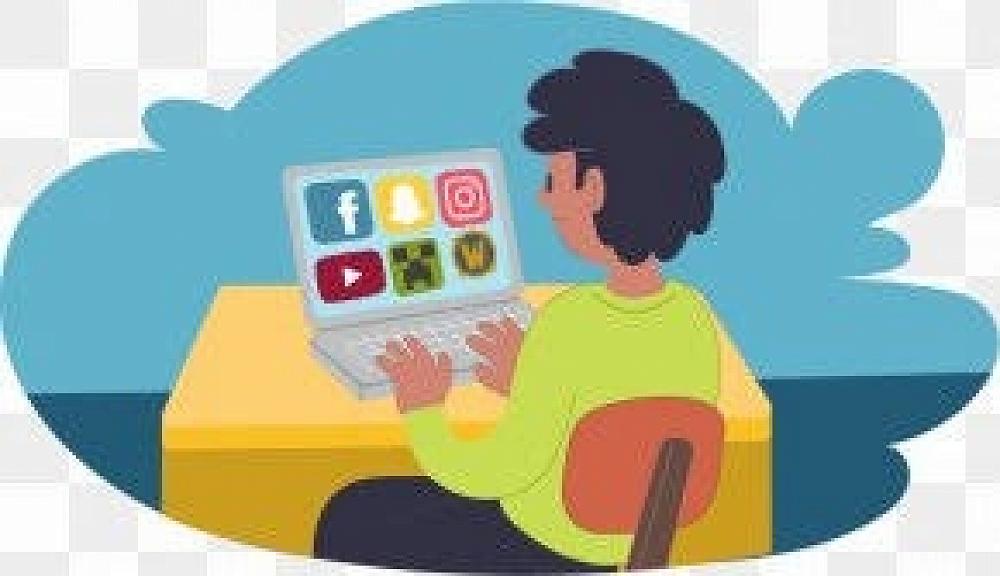
Online Safety At Home
As we move into our Distance Learning Programme, understanding and being prepared for children's online safety is paramount. The tools available on the web are amazing and contain a lot of excellent content, ideas, platforms for learning and entertainment that will make learning online a great experience. Children using technology and the Internet has many benefits, but like anything, these need to be used safely.
Our teachers are using a range of procedures to ensure content coming from school and systems/tools being used are as safe as we can make them. Having systems at home for keeping your children safe is equally import.
Activating filtering systems on children's devices is one small but important aspect in this process. Please see the article in this newsletter on a free filtering tool provided by the Ministry of Education. It is important to remember however, that filters are not perfect and using a filter is only a small part of how we keep children safe online. Most devices also have parental controls which I would strongly encourage you to look into and set up if you haven't already done so.
Teaching children to be safe online and respectful digital citizens is the most important part of any cyber safety programme. The next most important is having parents/guardians and teachers being actively involved in working with and monitoring what children are doing online.
Some basic tips from various experts
1. Parents need to know what their children are up to online - get involved, ask questions, join in, check online and phone activity. A nosy parent is a loving parent (John Parsons)
2. Any apps, add ons, games, social media etc should be approved by parents before children download and use them. Then they need to be monitored (see point 1).
3. Age restrictions for gaming and social media are there to help protect children please don't allow children to play or engage in activities and sites that are not age-appropriate. Most social networking sites are 13+
4. When learning online, children should be working in an open space where their screen can be seen eg in a living room. Video conferences, online chat etc should never happen in bedrooms.
5. Set rules around the amount of time spent on technology, what they can and can't do while using it and make sure device time is balanced with non-tech time.
6. Children understand that if something happens online that makes them feel uncomfortable/unsafe that they need to take a screenshot, don't respond (leave the conversation/page) and tell someone they trust.
7. Any content being uploaded to a public platform e.g Youtube, Tik-Tok, or any of the multitude of sharing platforms, needs to be checked and approved by parents before it is posted. Posting is fine and lots of fun content is currently being created but it is important to remember that this stuff never goes away!!
8. Avoid screen time before bed. It is a good idea to make a time (about 2 hours before bed time) where all devices including phones need to be put away, preferably in a shared space or handed in to parents. Devices and phones should not go to bedrooms with children, especially not at night as for many it is too big a temptation! If devices are in bedrooms parents can't see what's going on, this is often when online issues occur.
The younger they are when you start using these 'rules' with your children the easier they will be to maintain as they get older.
Netsafe has loads of great tips and the latest info on the newest platforms. Clicking on the 'Parents' tab would be a great place to start.
John Parsons is a cyber safety expert who has worked with our children and staff. For more info you can visit his:
Facebook page https://www.facebook.com/johnparsonsS2E/
Website https://www.citizen21.co.nz/
Getting involved with your child and their online activity is the key to keeping them safe.
